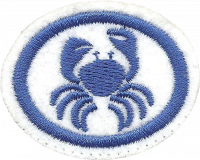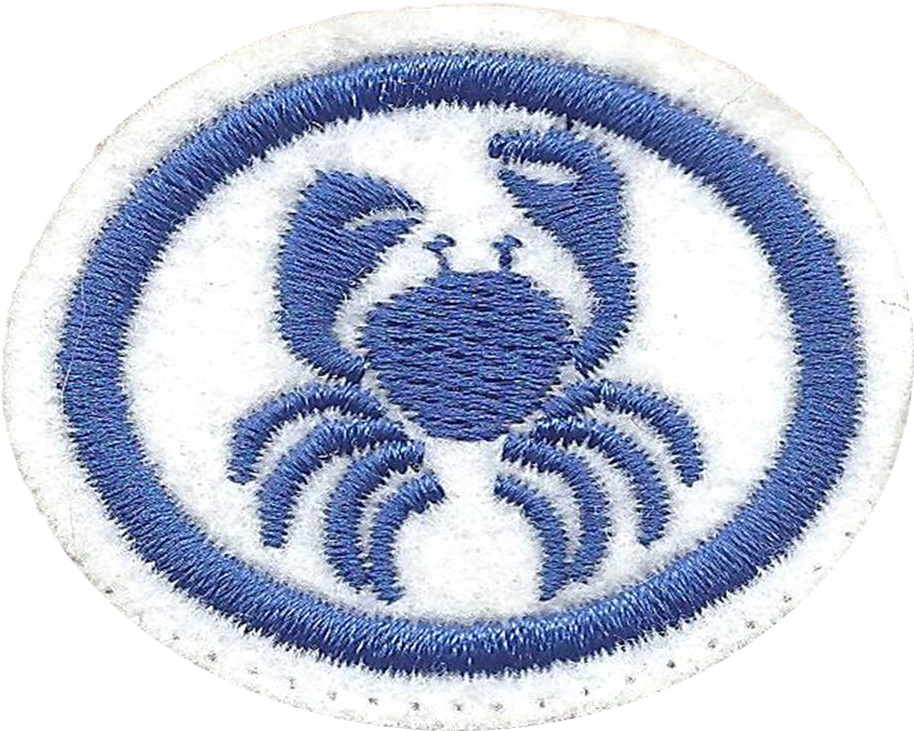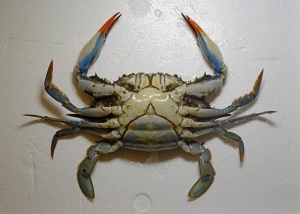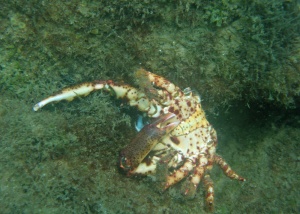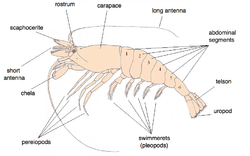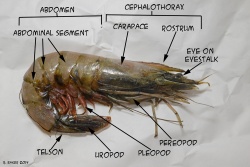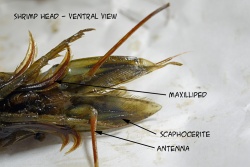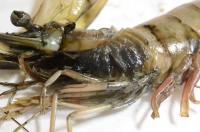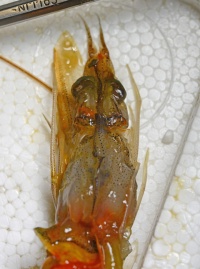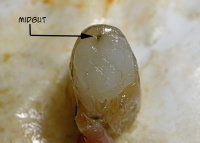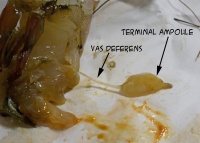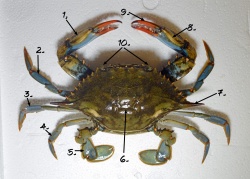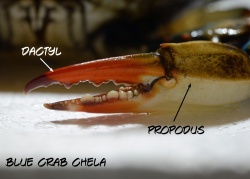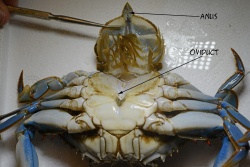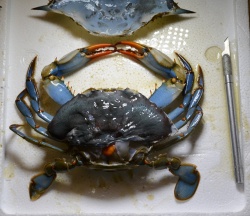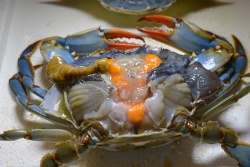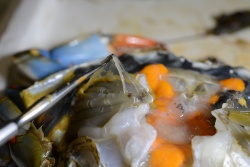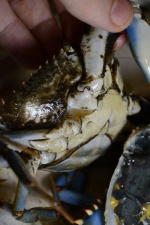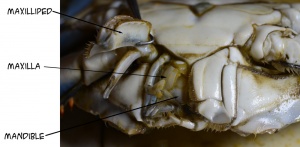Difference between revisions of "AY Honors/Crustaceans/Answer Key/pt-br"
(Created page with "{{clear}}") |
(Created page with "{{clear}}") |
||
| Line 11: | Line 11: | ||
{{clear}} | {{clear}} | ||
| − | + | {{clear}} | |
| − | |||
| − | |||
| − | + | {{clear}} | |
| − | |||
| − | |||
| − | + | {{clear}} | |
| − | |||
| − | |||
| − | + | {{clear}} | |
| − | |||
| − | |||
| − | + | {{clear}} | |
| − | |||
| − | |||
| − | + | {{clear}} | |
| − | |||
| − | |||
| − | + | <noinclude></noinclude> | |
| − | <noinclude | ||
| − | |||
{{CloseReq}} <!-- 1 --> | {{CloseReq}} <!-- 1 --> | ||
{{ansreq|page={{#titleparts:{{PAGENAME}}|2|1}}|num=2}} | {{ansreq|page={{#titleparts:{{PAGENAME}}|2|1}}|num=2}} | ||
| Line 45: | Line 31: | ||
</div> | </div> | ||
| − | + | {{clear}} | |
| − | |||
| − | |||
| − | + | {{clear}} | |
| − | |||
| − | |||
| − | + | <noinclude></noinclude> | |
| − | <noinclude | ||
| − | |||
{{CloseReq}} <!-- 2 --> | {{CloseReq}} <!-- 2 --> | ||
{{ansreq|page={{#titleparts:{{PAGENAME}}|2|1}}|num=3}} | {{ansreq|page={{#titleparts:{{PAGENAME}}|2|1}}|num=3}} | ||
| Line 63: | Line 43: | ||
</div> | </div> | ||
| − | + | {{clear}} | |
| − | |||
| − | |||
| − | + | <noinclude></noinclude> | |
| − | <noinclude | ||
| − | |||
{{CloseReq}} <!-- 3 --> | {{CloseReq}} <!-- 3 --> | ||
{{ansreq|page={{#titleparts:{{PAGENAME}}|2|1}}|num=4}} | {{ansreq|page={{#titleparts:{{PAGENAME}}|2|1}}|num=4}} | ||
| Line 77: | Line 53: | ||
</div> | </div> | ||
| − | + | {{clear}} | |
| − | |||
| − | |||
| − | + | <noinclude></noinclude> | |
| − | <noinclude | ||
| − | |||
{{CloseReq}} <!-- 4 --> | {{CloseReq}} <!-- 4 --> | ||
{{ansreq|page={{#titleparts:{{PAGENAME}}|2|1}}|num=5}} | {{ansreq|page={{#titleparts:{{PAGENAME}}|2|1}}|num=5}} | ||
| Line 91: | Line 63: | ||
</div> | </div> | ||
| − | + | {{clear}} | |
| − | |||
| − | |||
| − | + | <noinclude></noinclude> | |
| − | <noinclude | ||
| − | |||
{{CloseReq}} <!-- 5 --> | {{CloseReq}} <!-- 5 --> | ||
{{ansreq|page={{#titleparts:{{PAGENAME}}|2|1}}|num=6}} | {{ansreq|page={{#titleparts:{{PAGENAME}}|2|1}}|num=6}} | ||
| Line 105: | Line 73: | ||
</div> | </div> | ||
| − | + | {{clear}} | |
| − | |||
| − | |||
| − | + | {{clear}} | |
| − | |||
| − | |||
| − | + | <noinclude></noinclude> | |
| − | <noinclude | ||
| − | |||
{{CloseReq}} <!-- 6 --> | {{CloseReq}} <!-- 6 --> | ||
{{ansreq|page={{#titleparts:{{PAGENAME}}|2|1}}|num=7}} | {{ansreq|page={{#titleparts:{{PAGENAME}}|2|1}}|num=7}} | ||
| Line 127: | Line 89: | ||
</div> | </div> | ||
| − | + | <noinclude></noinclude> | |
| − | <noinclude | ||
| − | |||
{{CloseReq}} <!-- 7 --> | {{CloseReq}} <!-- 7 --> | ||
{{ansreq|page={{#titleparts:{{PAGENAME}}|2|1}}|num=8}} | {{ansreq|page={{#titleparts:{{PAGENAME}}|2|1}}|num=8}} | ||
| Line 137: | Line 97: | ||
</div> | </div> | ||
| − | + | {{clear}} | |
| − | |||
| − | |||
| − | |||
[[Image:BlueCrab 0553 W.jpg|300px]] | [[Image:BlueCrab 0553 W.jpg|300px]] | ||
[[Image:Crab 3396 W.jpg|300px]] | [[Image:Crab 3396 W.jpg|300px]] | ||
| − | |||
| − | + | <noinclude></noinclude> | |
| − | <noinclude | ||
| − | |||
{{CloseReq}} <!-- 8 --> | {{CloseReq}} <!-- 8 --> | ||
{{ansreq|page={{#titleparts:{{PAGENAME}}|2|1}}|num=9}} | {{ansreq|page={{#titleparts:{{PAGENAME}}|2|1}}|num=9}} | ||
Revision as of 18:54, 22 June 2021
Nível de Habilidade
2
Ano
2012
Version
30.12.2025
Autoridade de Aprovação
Divisão Sul Americana
1
2
3
4
5
6
7
Ghost Crabs (Ocypode sp.) and Blue Land Crabs (Cardisoma guanhumi) are common land crabs along the U.S. south and east coasts. Most types of Fiddler Crabs (the male frequently has one claw much larger than the other) are also considered land or terrestrial crabs.
8
9
Small crustaceans serve several important roles. They are often the first level of consumers in trophic webs, eating algae and phytoplankton, or serving as scavengers eating detritus and other decaying and waste material. As such, they are a critical component in keeping marine environments clean. But small crustaceans are also a very important component of the food webs as a source of nourishment for progressively larger animals, and crustaceans are among the most abundant organisms in numbers and weight in marine environments.
Perhaps the most striking relationship is between the Blue Whale and the crustacean Krill, one of its primary food sources. Blue whales can eat between two and four tons of krill a day, and by some accounts can, in particularly rich waters, gulp an astonishing thousand pounds of krill in a single mouthful.
10
10a
You should be able to acquire shrimp from a local grocery store or fish market. A basic dissection kit is ideal, but you can also use small hobby knives or a razor blade, small scissors, tweezers and toothpicks or bamboo skewers for dissection. Begin with a review of the external anatomy, and the way the various parts cooperate to provide different types of locomotion, protection and feeding for the shrimp. Then you can remove the carapace to see the stomach and heart (in previously frozen shrimp, which are common in the grocery, these organs may be damaged, but are still generally identifiable). Cutting through the shrimp abdomen will allow you to see the gut and the nerves, as well as note the extensive amount of muscle in a shrimp. If you are careful and interested, you can slowly remove the various mouth parts. Shrimp, like many of their cousin Malacostraca, have very complex mouths, with different modified limbs serving to move the food ultimately to the crushing mandibles.
The fist shrimp below has the carapace removed and the gills exposed. The color is due either to black gill disease or to the shrimp living in very fouled water. The second image is a different shrimp with the carapace removed. Note that the internal organs are heavily damaged, due to freezing and thawing, making clear identification more difficult. This is something you may encounter as well with store bought shrimp.
You may also want to dissect a crab, if they are easily available in your local grocery or fish market. (Two fairly comprehensive dissection guide to Blue Crabs can be found at [1] and [2]) Crab internal organs are a bit more robust than those of shrimp, as well as larger, making identification and exploration that much easier. The external anatomy key: 1. Cheliped (modified Pereopod) 2. Second Pereopod 3. Third Pereopod 4. Fourth Pereopod 5. Fifth Pereopod, modified as a swimmerette 6. The Cervical Groove on the Carapace 7. Lateral Spine 8. Propodus (the immovable portion of the Chela (claw) 9. Dactyl (the moveable "finger" of the Chela) 10. The Compound Eyes on eye stalks.
With the carapace removed carefully, you will first be able to see the crab's skin, covering the internal compartment. Once lifted, it reveals the internal organs. The mustard colored organ in the upper left is the hepatopancreas, which has been lifted somewhat to reveal the other organs. The bright orange organ is the ovary. On the left side, the gills are exposed. At the anterior end (near the top of the picture) the odd looking white structure in the center of the crab is the stomach. The final picture shows the thin membrane that covers the gills, keeping them separate from the rest of the internal body cavity.
The vertical image below shows the inhalent aperture, the hole behind the claw leading to the gill chamber, where water enters the gill chamber. The second image in this row is the crab (upside down on the board), showing various layers of mouth parts.
10b
There are many places to find different crustaceans to observe, and the requirement doesn't say your class has to stay in - you may be able to take a field trip to observe many of these different types of crustaceans. A local seafood market should have different live crabs or shrimp species. You can usually find terrestrial isopods (rolly polly bugs/pillbugs) in your back yard. Sea Monkeys are small crustaceans known as brine shrimp, and are often available in hobby, science or toy stores. Triops are another type of crustacean often available as dormant eggs for growing and observing at home. Many pet stores sell terrestrial hermit crabs, and the aquarium departments often have fiddler crabs and different types of shrimp. If you live near the seashore, take your class outside, and see what you can find right on the beach. If they look carefully, they may find different types of crabs, small shrimp, hermit crabs, and amphipods and isopods. While you are out on the beach, consider working on the Marine Invertebrates Honor or the Shells Honor as well.
11
11a
11b
11c
11d
11e
Shrimp are slender with long muscular abdomens. They look somewhat like small lobsters, but not like crabs. The abdomens of crabs are small and short, whereas the abdomens of lobsters and shrimp are large and long. The lower abdomens of shrimp support pleopods which are well adapted for swimming. The carapace of crabs are wide and flat, whereas the carapace of lobsters and shrimp are more cylindrical. The antennae of crabs are short, whereas the antennae of lobsters and shrimp are usually long, reaching more than twice the body length in some shrimp species.
11f
11g
